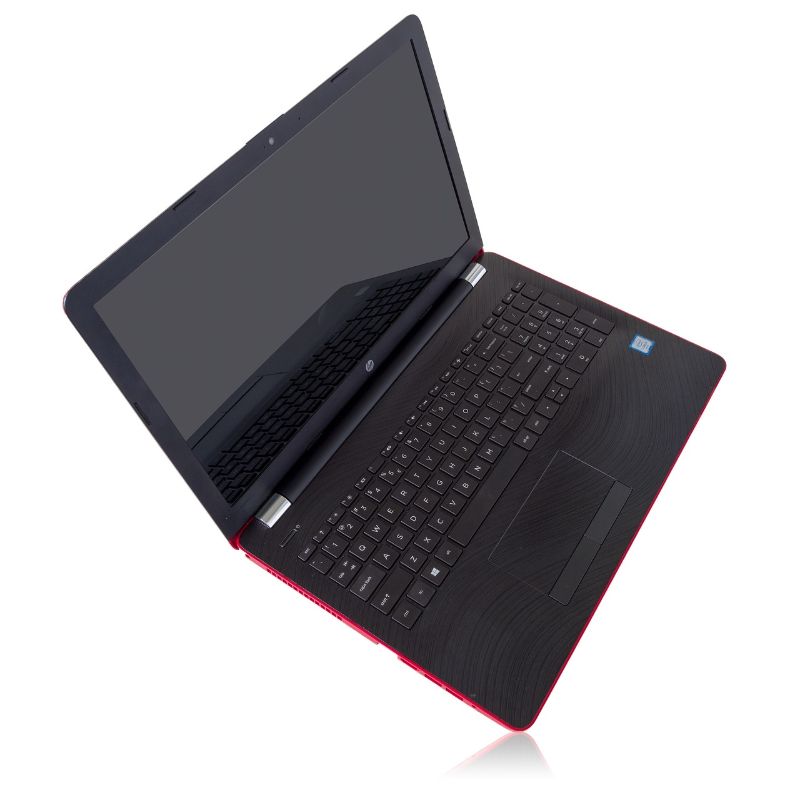
Connecting a monitor to your HP laptop can bring a number of benefits, including improved productivity, enhanced gaming, and a larger display. Having an external monitor can help increase your laptop’s performance and make it easier to multitask, as it will provide you with a larger display and allow you to work more efficiently.
Content of the page
Why connect a monitor to your HP laptop?
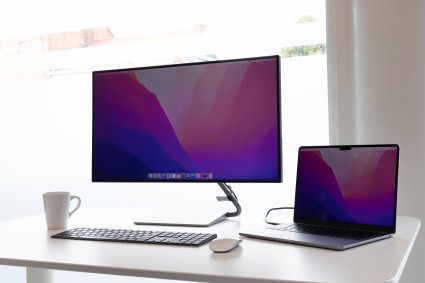
There are many reasons why you should connect a monitor to your HP laptop. Aside from the increased productivity and improved gaming performance, having an external monitor can also provide you with a larger display, making it easier to view multiple applications and documents on the same screen. Additionally, the larger display can make it easier to spot errors and make corrections in your work. Lastly, an external monitor can help reduce the strain on your laptop’s graphics processor, as the external monitor will take some of the load off your laptop.
The benefits of using an external monitor
Using an external monitor can bring a number of benefits to your HP laptop, including improved productivity, enhanced gaming, and a larger display. With the help of an external monitor, you can easily view and manage multiple applications and documents on the larger screen. This will allow you to work more efficiently, as you won’t have to constantly switch between windows and applications. Additionally, the larger display will make it easier to spot any potential errors and make corrections in your work.
Having an external monitor can also improve your gaming performance. With a larger display, you can get a better view of the game, as well as improved gaming performance, as the external monitor will take some of the load off your laptop’s graphics processor. This will help improve your gaming experience and make your gaming sessions more enjoyable.
Finally, using an external monitor will reduce the strain on your laptop’s graphics processor. With an external monitor taking some of the load off your laptop, you can enjoy improved performance and longer battery life. This will help your laptop stay in top shape and last longer.
Checking Hardware Compatibility
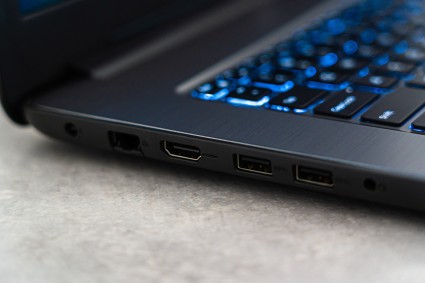
Before connecting a monitor to your HP laptop, it’s important to make sure that the hardware is compatible. To do this, you’ll need to check the types of ports and connectors your laptop and monitor have, as well as ensure that your laptop is capable of powering a second display.
Ensure your HP laptop supports external monitors
Most HP laptops come with the ability to connect to an external monitor, but not all models are capable of doing so. To ensure your laptop is compatible, check the specifications of your laptop model. You can find this information in the user manual that came with your laptop or on the HP website. Look for the information on supported displays and connectors.
Types of ports and connectors on HP laptops
| Port/Connector | Description |
|---|---|
| HDMI | Common port for connecting a monitor to a laptop. Not available on all HP laptop models. |
| DisplayPort | Port used for connecting a monitor to a laptop. |
| VGA | Port used for connecting a monitor to a laptop. |
| DVI | Port used for connecting a monitor to a laptop. |
| USB | Some HP laptops may have USB ports that can be used to connect to a monitor with the right adapter. |
HP laptops typically come with a variety of ports and connectors for connecting to external monitors. The most common ports are HDMI, DisplayPort, VGA, and DVI. HDMI is the most common port for connecting a monitor to a laptop, but not all HP laptops come with an HDMI port. Some models may also have USB ports, which can be used to connect to a monitor with the right adapter.
Once you’ve identified the ports and connectors on your laptop and monitor, you’ll be able to determine which one you need to connect them. If you’re using an HDMI connection, make sure the ports on your laptop and monitor match. If you’re using a different connection type, make sure you have the right adapter.
Gathering the Necessary Equipment
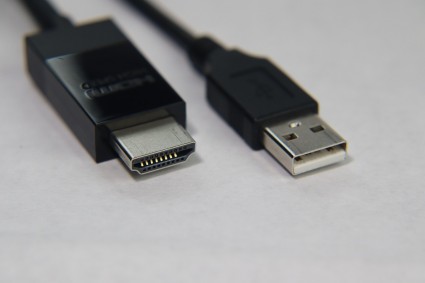
Before you can begin the process of connecting a monitor to your HP laptop, you must first gather the necessary equipment. In order to do this, you will need the following items:
- A monitor
- The correct cables and adapters
Choosing the Right Monitor
When it comes to choosing the right monitor for your HP laptop, there are a few things to consider. Your laptop’s video output will determine the type of monitor you need. If your laptop has an HDMI port, then you will need an HDMI monitor. If your laptop has a DisplayPort, then you will need a DisplayPort monitor. Additionally, you will want to consider the size of the monitor you need. This will depend on how much space you have available for your monitor.
Cables and Adapters Needed for the Connection
| Laptop Video Output | Cable/Adapter |
|---|---|
| HDMI | HDMI cable |
| DisplayPort | DisplayPort cable |
Once you have chosen the right monitor for your HP laptop, you must then gather the necessary cables and adapters to make the connection. The type of cable or adapter you need will depend on the video output of your laptop. If your laptop has an HDMI port, then you will need an HDMI cable. If your laptop has a DisplayPort, then you will need a DisplayPort cable. Additionally, you may need an adapter if your laptop has a different type of video output than your monitor. Once you have the necessary cables and adapters, you can then begin the process of connecting your monitor to your HP laptop.
Setting Up the Connection
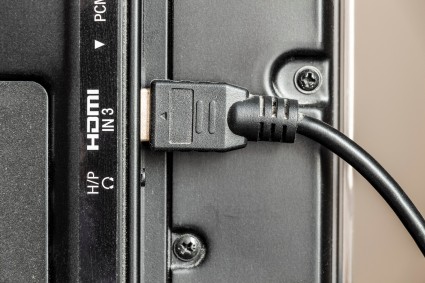
Connecting a monitor to your HP laptop is an easy process that involves plugging in the necessary cables and selecting the correct display settings. In this article, we will provide a step-by-step guide to connecting a monitor to your HP laptop and configuring display settings.
Step-by-step guide to connecting a monitor to your HP laptop
Before you begin, make sure that you have the following items:
- monitor
- monitor cable
- monitor power cable
- laptop
- laptop power supply
Once you have all the items you need, follow these steps to connect your monitor to your HP laptop:
- Turn off your laptop and monitor and unplug all power cables.
- Connect the monitor cable to the laptop. The cable should have a 15-pin connector on one end and a mini-DVI or VGA connector on the other end. If the monitor cable has a mini-DVI connector, connect it to the mini-DVI port on the laptop. If the monitor cable has a VGA connector, connect it to the VGA port on the laptop.
- Connect the monitor power cable to the monitor.
- Turn on the monitor and laptop.
- Adjust the display settings on the monitor. This can be done by pressing the Menu button on the monitor and using the on-screen menus to adjust the brightness, contrast, and other settings.
Configuring display settings on your HP laptop
Once you have connected your monitor to your HP laptop, you will need to configure the display settings on your laptop. To do this, follow these steps:
- Right-click on the desktop and select “Display Settings” from the menu.
- On the Display Settings window, select the “Multiple Displays” drop-down menu and select the “Extend These Displays” option.
- Click on the “Apply” button to save the changes.
- Right-click on the desktop again and select “Screen Resolution” from the menu.
- On the Screen Resolution window, select the “Multiple Displays” drop-down menu and select the “Extend These Displays” option.
- Click on the “Apply” button to save the changes.
- Right-click on the desktop again and select “Personalize” from the menu.
- On the Personalize window, select the “Display” tab at the top of the window. Select the monitor that you want to use as the primary display and click the “Make this my main display” check box.
- Click on the “Apply” button to save the changes.
Once you have completed these steps, you will have successfully connected your monitor to your HP laptop and configured the display settings.
Troubleshooting Common Issues
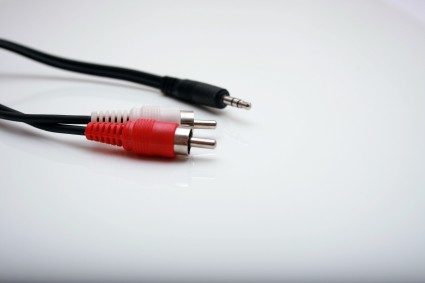
When connecting a monitor to an HP laptop, there are a few common issues that may arise. If the monitor does not display correctly, or if there are resolution and display problems, the first step is to troubleshoot the cause of the issue.
No display on the external monitor
The most common issue when connecting a monitor to an HP laptop is that the monitor does not display anything. This could be due to a few reasons.
- The monitor may not be properly connected. Ensure that the VGA or HDMI cable is securely connected to the laptop, as well as the monitor itself.
- The laptop’s display settings may need to be adjusted. Open the display settings on the laptop, and make sure that the monitor is selected as the primary display. If the monitor is not detected, try unplugging and plugging the cable back in.
- The laptop may not be configured to use a secondary display. In some cases, the laptop needs to be configured to use an external display. Open the display settings on the laptop, and make sure that the option to use a secondary display is enabled.
Resolution and display problems
If the monitor is displaying correctly, but the resolution is not correct, or the display appears distorted, there are a few steps to troubleshoot the issue.
- Make sure that the correct resolution is selected on the monitor. On some monitors, the resolution can be adjusted using the on-screen menu.
- If the resolution is correct, but the display is still distorted, the laptop may need to be restarted. This will reset the video settings and may fix the issue.
- If the display appears to be flickering, the laptop may be overheating. Check the laptop’s internal temperature, and make sure that it is not too hot. If it is, try cleaning the vents to increase airflow.
Audio not Working on the External Monitor
If the audio is not working on the external monitor, it is likely due to a few possible issues.
- Make sure that the audio cable is securely inserted into the laptop and the monitor. If the cable is not properly connected, there will be no sound.
- Some monitors require a separate audio cable for the audio to work. If the monitor requires a separate cable, make sure that it is properly connected.
- The laptop’s audio settings may need to be adjusted. Open the sound settings on the laptop, and make sure that the external monitor is selected as the primary audio output device.
Optimizing the External Monitor Experience
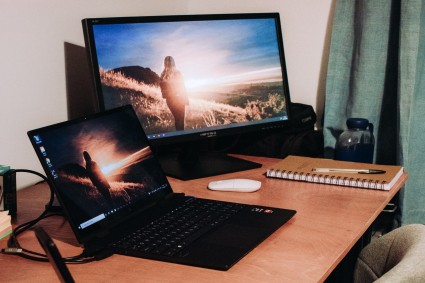
Connecting a monitor to your HP laptop can provide a larger, more detailed display for increased productivity. Whether you’re using the laptop on its own or connecting an external monitor, there are a few steps to take to ensure the best possible display experience. In this article, we’ll walk you through how to connect a monitor to an HP laptop, as well as a few tips for optimizing the display for increased productivity.
Choosing the right resolution and display settings
When setting up an external monitor with your HP laptop, one of the most important steps is to choose the right resolution and display settings. To do this, you’ll need to know the native resolution of your monitor, which can be found in the monitor’s user manual. Once you know the native resolution, you can adjust the settings on your HP laptop accordingly.
To adjust the display settings, open the Control Panel, and navigate to the Display tab. From there, you can choose the resolution that you want to use. We recommend using the native resolution of your monitor for the best display experience. You can also adjust other settings, such as the refresh rate, color depth, and brightness.
Once you’ve adjusted the settings, you can save them as a custom profile. This way, you can quickly switch between different display configurations, depending on your needs.
Using multiple monitors with your HP laptop
If you want to take your productivity to the next level, you can use multiple external monitors with your HP laptop. To do this, you’ll need a graphics card that supports multiple displays, as well as the appropriate cables and adapters.
Once you have the necessary hardware, you can connect your monitors to your laptop. Depending on the graphics card you have, you may need to use a DisplayPort adapter to connect the monitors to the laptop. Once you have everything connected, you’ll need to adjust the display settings for each monitor. This can be done in the same way as adjusting the settings for a single monitor.
Using multiple monitors with your HP laptop can help you be more productive, as you can have multiple windows open at once. This can be especially helpful for multitasking, as you can keep your web browser open on one monitor, while you work on a document in the other.
